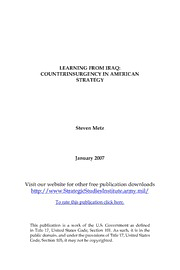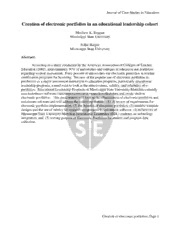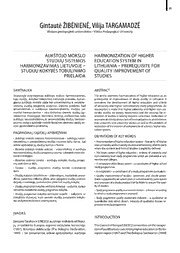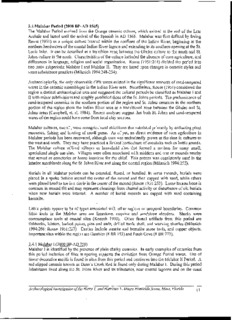
Sustainability and Optimality of Public Debt PDF
Preview Sustainability and Optimality of Public Debt
S ustainability and Optimality of Public Debt Michael Carlberg • Arne Hansen Sustainability and Optimality of Public Debt Second Edition Prof. Dr. Michael Carlberg Dr. Arne Hansen Department of Economics Helmut Schmidt University Hamburg, Germany Originally published under: Carlberg, M. within the series: Contributions to Economics ISBN 978-3-642-32966-1 ISBN 978-3-642-32967-8 (eBook) DOI 10.1007/978-3-642-32967-8 Springer Heidelberg New York Dordrecht London Library of Congress Control Number: 2012954557 © Springer-Verlag Berlin Heidelberg 1995, 2013 This work is subject to copyright. All rights are reserved by the Publisher, whether the whole or part of the material is concerned, specifically the rights of translation, reprinting, reuse of illustrations, recitation, broadcasting, reproduction on microfilms or in any other physical way, and transmission or information storage and retrieval, electronic adaptation, computer software, or by similar or dissimilar methodology now known or hereafter developed. Exempted from this legal reservation are brief excerpts in connection with reviews or scholarly analysis or material supplied specifically for the purpose of being entered and executed on a computer system, for exclusive use by the purchaser of the work. Duplication of this publication or parts thereof is permitted only under the provisions of the Copyright Law of the Publisher’s location, in its current version, and permission for use must always be obtained from Springer. Permissions for use may be obtained through RightsLink at the Copyright Clearance Center. Violations are liable to prosecution under the respective Copyright Law. The use of general descriptive names, registered names, trademarks, service marks, etc. in this publication does not imply, even in the absence of a specific statement, that such names are exempt from the relevant protective laws and regulations and therefore free for general use. While the advice and information in this book are believed to be true and accurate at the date of publication, neither the authors nor the editors nor the publisher can accept any legal responsibility for any errors or omissions that may be made. The publisher makes no warranty, express or implied, with respect to the material contained herein. Printed on acid-free paper Physica is a brand of Springer Springer is part of Springer Science+Business Media (www.springer.com) Preface Public debt seems to be one of the most important and controversial issues of our time. In many countries, large and persistent budget deficits have continu- ously raised the ratio of public debt to GDP. After balanced budgets and even surpluses in the late 1990s, the United States has returned to deficits in recent years. As a result, the US debt ratio has been growing steadily. In the extreme case of Japan, public debt has grown to more than twice the size of GDP. Meanwhile, the German debt ratio has doubled since reunification. These devel- opments raise serious concerns about debt sustainability. Consequently, there are increased political efforts to reduce future deficits. For instance, see the Maastricht Treaty, the Stability and Growth Pact and, more recently, the contro- versy over balanced-budget rules in Europe. Against this background, the present book provides a theoretical analysis regarding the sustainability and optimality of public debt. Michael Carlberg Arne Hansen Contents in Brief 1 Introduction....................................................................................................3 2 A Brief Survey of the Literature..................................................................5 Part I The Closed Economy....................................................................9 3 The Solow Model........................................................................................11 4 Overlapping Generations............................................................................77 5 Infinite Horizon..........................................................................................104 Part II The Small Open Economy....................................................131 6 The Solow Model......................................................................................133 7 Overlapping Generations..........................................................................151 Part III Two Countries..........................................................................161 8 The Solow Model......................................................................................163 9 Synopsis......................................................................................................179 10 Conclusion..................................................................................................187 11 Result...........................................................................................................197 Symbols.............................................................................................................199 References.........................................................................................................201 Contents 1 Introduction..................................................................................................3 2 A Brief Survey of the Literature..............................................................5 Part I The Closed Economy....................................................................9 3 The Solow Model........................................................................................11 3.1 Fixing the Deficit Ratio...........................................................................11 3.1.1 A Simple Model...........................................................................11 3.1.2 The Short-Run Equilibrium.........................................................12 3.1.3 The Long-Run Equilibrium.........................................................14 3.1.4 The Optimal Deficit Ratio............................................................18 3.1.5 The Optimal Saving Ratio...........................................................20 3.1.6 Stability........................................................................................21 3.1.7 Some Shocks................................................................................23 3.1.8 A Budget Surplus.........................................................................29 3.1.9 A Numerical Example..................................................................32 3.1.10 Summary......................................................................................37 3.2 Fixing the Tax Rate.................................................................................38 3.2.1 A Simple Model...........................................................................38 3.2.2 The Short-Run Equilibrium.........................................................39 3.2.3 The Long-Run Equilibrium.........................................................40 3.2.4 Stability........................................................................................45 3.2.5 Some Shocks................................................................................48 3.2.6 The Optimal Tax Rate..................................................................56 3.2.7 The Optimal Saving Ratio...........................................................57 3.2.8 A Numerical Example..................................................................58 3.2.9 Summary......................................................................................59
The list of books you might like

The 48 Laws of Power

Can’t Hurt Me: Master Your Mind and Defy the Odds

The 48 Laws of Power

Shatter Me Complete Collection (Shatter Me; Destroy Me; Unravel Me; Fracture Me; Ignite Me)

Wirtschaftskrisen: Geschichte und Gegenwart (German Edition)
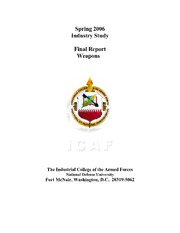
DTIC ADA475332: Weapons, 2006
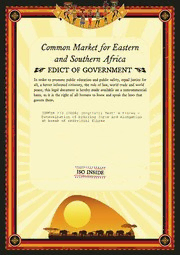
COMESA 273: Textile fibres - Determination of breaking force and elongation at break of individual fibres

COMESA 265-1: Textiles — Burning behaviour of bedding items —Part 1:General test methods for the ignitability by a smouldering cigarette

New Jersey Numismatic Journal: Vol. 31 No. 2

DTIC ADA490884: Advisor 2.0: Advancing the Military Transition Team Model
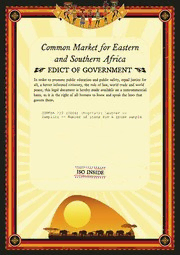
COMESA 233: Leather -- Sampling -- Number of items for a gross sample

Anhaar 2006 Kaeshur Nasr
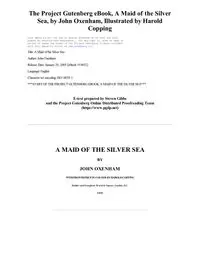
A Maid of the Silver Sea by John Oxenham

Extreme Solar Particle Storms: The Hostile Sun
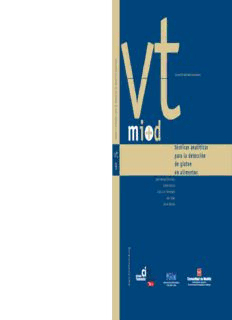
BVCM001738 Técnicas analíticas para la detección de gluten en los alimentos
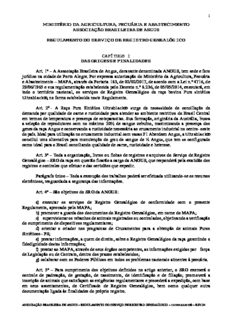
CAPÍTULO I Art. 1º – A Associação Brasileira de Angus, doravante denominada ANGUS, tem sede

Regulation and Genetics: Bacterial DNA Viruses

C anton (©bsterber
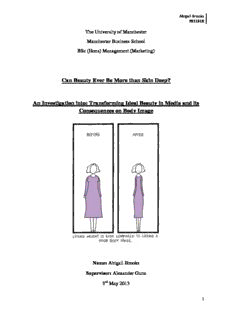
Can Beauty Ever Be More than Skin Deep?

by Pablo-Alejandro Quinones A dissertation submitted in partial fulfillment of the requirements for
